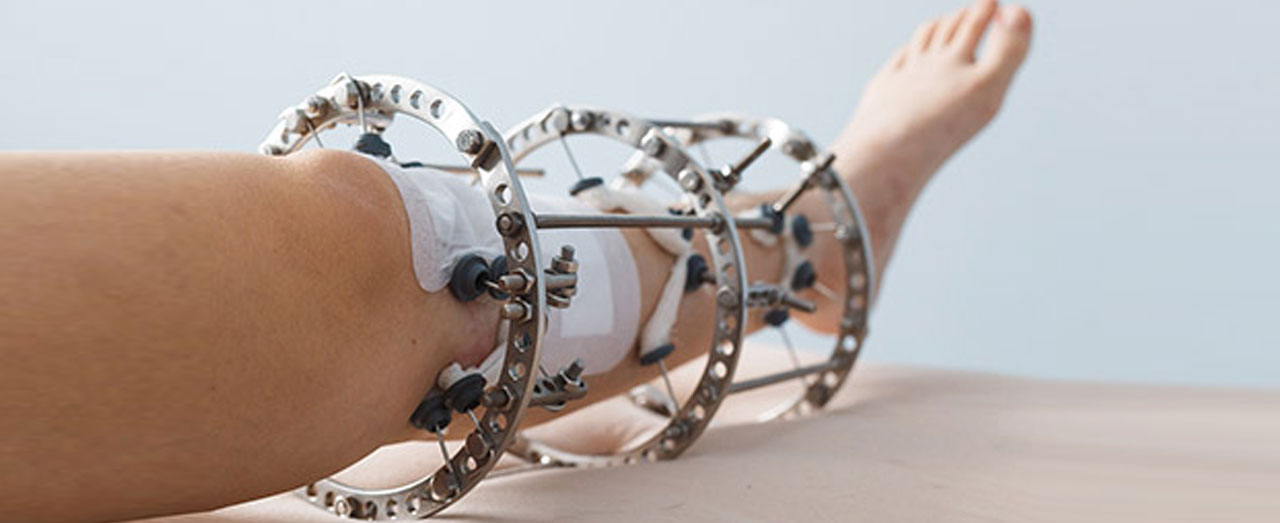-
(+91) 9136006327
Please feel free to contact our friendly reception staff with any general or medical enquiry.
Make Appointment - Call Us: (+91) 9136006327
- drrajeshgaekwad@gmail.com
- Mon to Sat: 9:00 AM - 10:00 PM
Treatments
Ilizarov Surgery
Ilizarov surgery is a type of orthopedic procedure that uses the Ilizarov apparatus, an external fixator device, to treat complex and severe bone conditions. Developed by the Russian orthopedic surgeon Gavriil Ilizarov, this technique is especially useful for limb lengthening, deformity correction, and treating nonunion or malunion of fractures.

Indications for Ilizarov Surgery
- Limb Length Discrepancy: Lengthening of a shortened limb.
- Bone Deformities: Correction of angular deformities or rotational malalignments.
- Nonunion or Malunion: Treatment of fractures that have not healed properly.
- Bone Infections: Managing osteomyelitis with bone transport.
- Congenital Conditions: Addressing congenital deformities and defects.
- Traumatic Injuries: Reconstruction of severe fractures and bone loss.
The Ilizarov Apparatus
The Ilizarov apparatus consists of rings, rods, and wires that are used to stabilize and gradually adjust the bone. The device is assembled around the limb, with wires and pins inserted through the bone and connected to the external frame. Adjustments are made to the frame over time to achieve the desired outcome.
Risks & Complications
- Infection: At the pin or wire sites.
- Pain and Discomfort: Due to the external frame.
- Joint Stiffness: Reduced range of motion in adjacent joints.
- Nerve or Blood Vessel Damage: Potential injury during pin insertion.
- Delayed Healing: Slow or incomplete bone healing.
Advantages of Ilizarov Surgery
- Versatility: Can be used for a wide range of bone conditions.
- Precision: Allows gradual and precise correction of deformities and length discrepancies.
- Minimally Invasive: Compared to internal fixation methods, it involves less invasive procedures.



